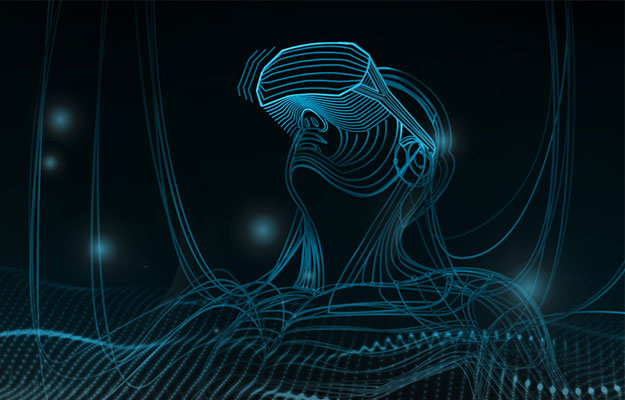AMD, NVIDIA, Oculus And Others Back VirtualLink VR Headset USB-C Connector Open Standard

There is a new open standard in the realm of virtual reality and it has the backing of some industry heavyweights. including AMD, Microsoft, NVIDIA, Oculus (owned by Facebook), and Valve. All of those companies are part of a consortium that has introduced VirtualLink, and open industry standard that enables next generation VR headsets to connect to PCs via USB Type-C.
Connecting headsets via USB Type-C would replace the current method of attaching VR gear to PCs using a combination of multiple USB 3.0/2.0 and HDMI cables, plus a power cable. The consortium is pushing for a single cable to rule them all. Assuming VirtualLink sees widespread adoption, future headsets would be far less encumbered with cords dangling all over the place.
"Simulating reality requires incredible visual fidelity and processing power," said Jason Paul, general manager of gaming and VR, NVIDIA. "With a single, high-bandwidth cable, VirtualLink unlocks the full potential of the PC to power amazing VR experiences."
The advantage of VirtualLink over wireless connectivity technologies is that it is optimized for the latency and bandwidth requirements that VR applications require. Users would still be physically tethered to their PC, but it's much easier to manage a single cable than multiple ones, and many would likely find the improved latency over wireless to be worth the trade off.
It's also interesting that Oculus is on board, as it (Rift) and HTC (Vive) are the two biggest players in the high-end VR headset market.
"At Oculus, we’re committed to making VR easily approachable for a wide variety of people," said Nate Mitchell, head of Rift, Oculus. "A consolidated connection point is critical in removing barriers to experiencing high-powered PC VR. With the adoption of VirtualLink technology, purpose-built for VR, we look forward to helping push the industry forward into the next phase of VR."
VirtualLink uses an Alternate Mode of USB-C and connects with VR headsets to deliver four high-speed HBR3 DisplayPort lanes, a USB 3.1 data channel for supporting high-resolution cameras and sensors, and up to 27 watts of power. It's basically a nod to the future as VR headsets become more capable and demanding.
The consortium has published an overview of VirtualLink for companies to look over, ahead of the coming VirtualLink 1.0 specification.

